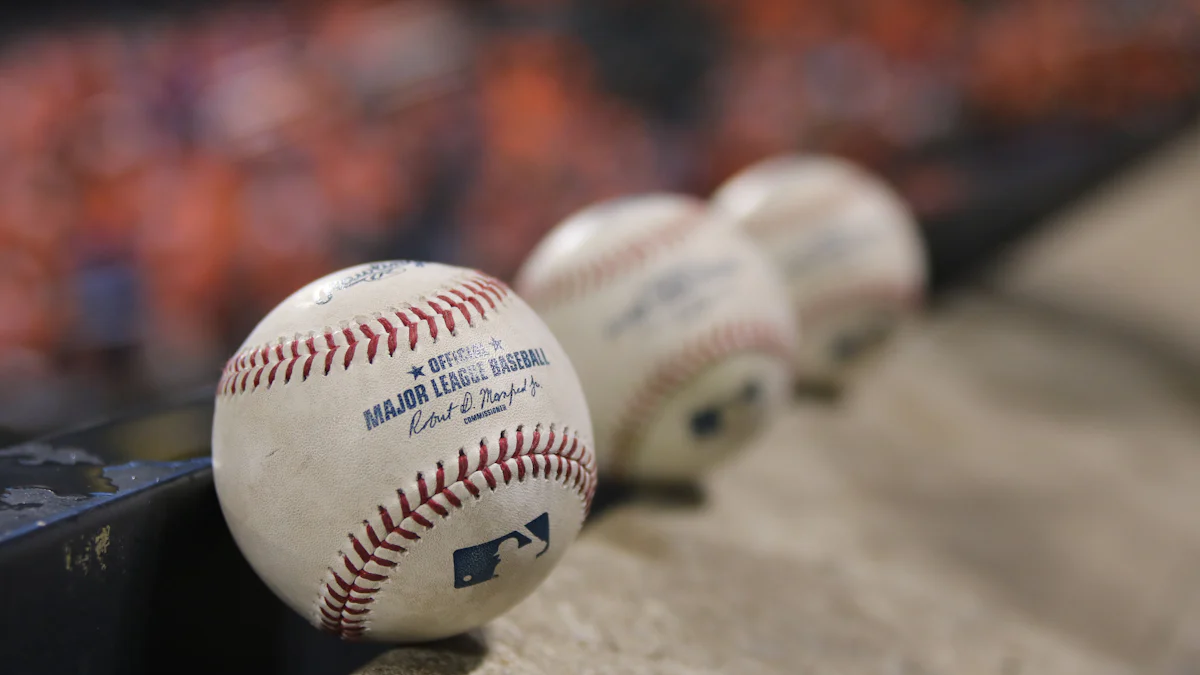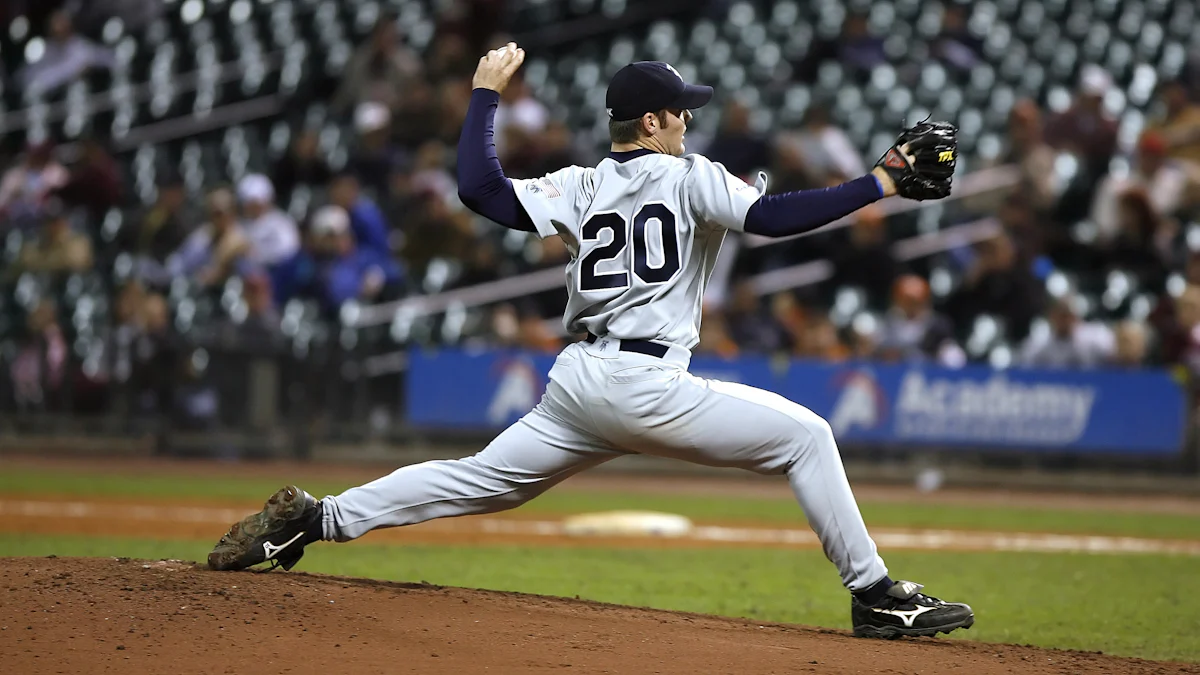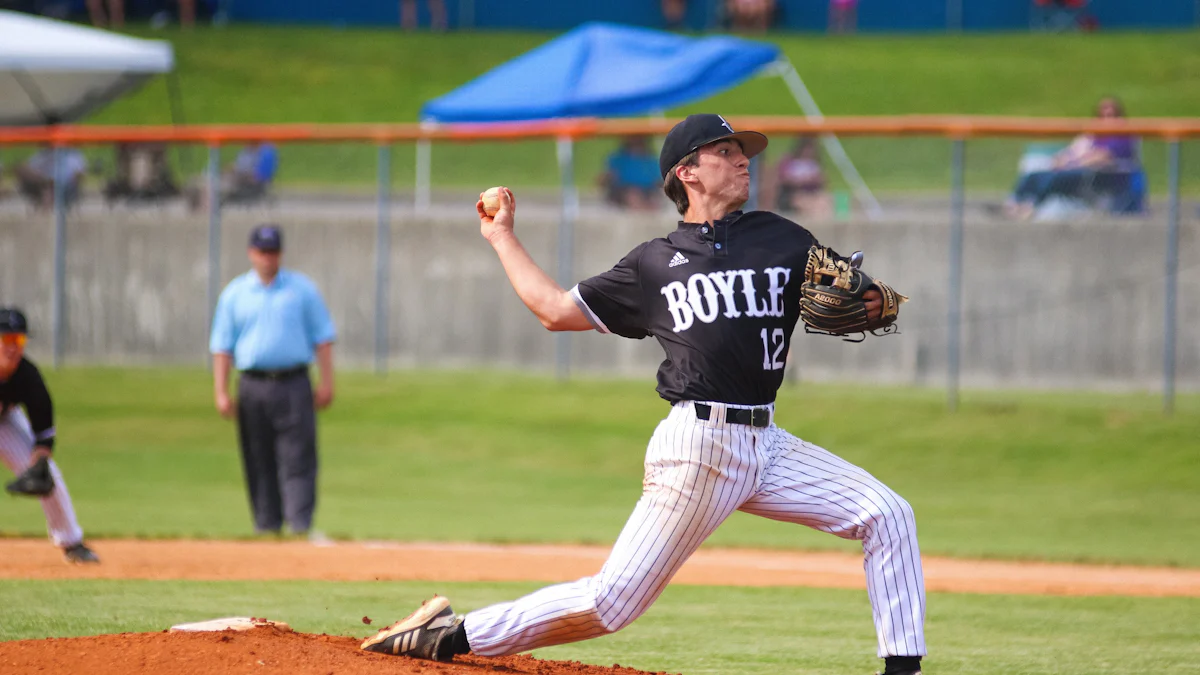
Baseball players often choose between composite baseballs and traditional ones. Composite baseballs, made from man-made materials, are highly durable and long-lasting, making them ideal for practice and training. On the other hand, traditional baseballs, crafted from leather and cork, offer a more authentic feel that many players prefer. This genuine feel keeps traditional baseballs popular in professional leagues. Understanding the performance of composite baseballs versus traditional options helps players make the best choice for their needs.
Key Takeaways
Composite baseballs are ideal for practice due to their durability and ability to withstand tough conditions, saving players money over time.
Traditional baseballs provide a classic feel and are preferred in professional leagues for their consistent performance and grip.
When choosing a baseball, consider its intended use: composite for training and traditional for games to enhance your playing experience.
Composite baseballs maintain their shape and performance, making them reliable for skill development without unexpected changes.
Traditional baseballs are more susceptible to weather damage, which can affect their performance during outdoor practices.
Budget-conscious players should weigh the initial cost of composite baseballs against their longevity and reduced replacement frequency.
Understanding the differences in materials and performance can help players select the best baseball to match their playing style and goals.
What Are Composite Baseballs?

Composite baseballs are a new type of baseball. They are made with man-made materials like rubber and polyurethane. These materials make the balls strong and long-lasting. Unlike traditional baseballs, which use leather and cork, composite baseballs are built for durability. They can handle tough conditions like rain or high humidity without damage.
Features and Materials of Composite Baseballs
Composite baseballs are special because of how they are made. They have a composite waterproof shell and a PU and rubber core center. This mix of materials makes the ball tough and bouncy. The outside looks and feels like leather but lasts much longer. These baseballs stay firm and don’t get soft spots, so they perform the same every time.
They also don’t wear out as quickly as traditional baseballs. The synthetic cover keeps them in good shape during hard training. This makes them a great choice for players who need gear that lasts a long time.
Common Uses of Composite Baseballs in Training and Competitive Play
Coaches and players like composite baseballs for practice. These balls can take many hits without breaking or losing shape. For example, during batting practice, they stay strong even after being hit hundreds of times. This means players don’t have to replace them often, saving money and time.
In games, composite baseballs are becoming popular in youth leagues and amateur matches. They help players improve their hitting and pitching skills. Unlike traditional baseballs, composite ones work well in all kinds of weather, so games don’t get delayed.
How Composite Baseballs Compare to Composite Bats
Composite baseballs are similar to composite bats because both use advanced materials. Composite bats, made from carbon fiber, are lightweight and easy to swing. Composite baseballs focus on being strong and reliable. Both aim to make playing baseball better by solving problems with older equipment.
Composite bats also feel smoother when hitting the ball. They reduce vibrations, making them more comfortable to use. Together, composite baseballs and bats give players a better experience, especially during practice. Compared to aluminum bats or alloy bats, composite bats have a bigger sweet spot and better balance, which many players prefer.
What Are Traditional Baseballs?

Traditional baseballs are the original type used in the sport. They have a cork center wrapped with rubber and yarn layers. The outside is covered with real cowhide leather, giving them a classic look. This design balances strength and performance. Many players like them for their steady weight, size, and real feel during games.
Features and Materials of Traditional Baseballs
The materials in traditional baseballs make them strong and reliable. The cork core, wrapped tightly with rubber and yarn, gives bounce and toughness. The leather cover, stitched with thick red threads, improves grip and control. These stitches also affect how the ball moves when thrown, helping pitchers.
Traditional baseballs follow strict rules for size and weight. They are 2.86 to 2.94 inches wide and weigh 5.00 to 5.25 ounces. These exact sizes keep games fair and consistent. The tight core helps the ball go far and fast when hit, making it great for serious games.
Common Uses of Traditional Baseballs in Professional and Recreational Play
Traditional baseballs are used in big leagues like MLB. Their high-quality materials handle tough games. Pitchers like the raised seams for better grip, and batters trust their steady performance. The leather cover lasts through many hits, staying strong during games.
In casual games, traditional baseballs are still a favorite. Players enjoy their real feel and steady performance. Youth leagues use balls with higher seams to help kids throw better. High school and college teams also pick traditional baseballs for their top quality and pro-like play.
Traditional baseballs have been around for a long time. Their design and materials give players a great experience. Whether pitching, hitting, or catching, these balls show the true spirit of baseball.
Advantages of Composite Baseballs
Composite baseballs have many good points for players. Their man-made materials make them very strong. Unlike regular baseballs, they don’t wear out quickly. Players can use them for a long time without losing shape. This saves money because they don’t need to be replaced often.
Another great thing is they work well in any weather. Rain or wet air doesn’t harm composite baseballs. This means games and practice can go on, no matter the weather. Coaches and players like how dependable they are for outdoor use.
Composite baseballs also match well with composite bats. Both are made with modern materials to improve the game. Composite bats are light and have a bigger sweet spot, making hitting easier. Together, they help players hit better and have more control. This is helpful for young players and beginners who want to get better.
These baseballs also feel the same every time. They don’t get soft spots like regular baseballs. This makes practice easier because players know how the ball will act. For those trying to improve, this steady performance is a big plus.
Disadvantages of Composite Baseballs
Even with their good points, composite baseballs have some downsides. One big problem is their price. They cost more than regular baseballs. The special materials and how they’re made make them expensive. For teams with less money, this can be a problem.
Another issue is they aren’t used in pro leagues. Regular baseballs are still the main choice for official games. Players who only practice with composite baseballs might struggle to switch to regular ones. The different feel can make it harder to play well in big games.
Composite baseballs also don’t feel as real as regular ones. Many players like the leather and cork of traditional baseballs. This is especially true for experienced players who enjoy the classic feel of the game. The synthetic cover of composite baseballs, while tough, doesn’t feel the same.
Lastly, composite baseballs don’t work as well with metal bats. Aluminum bats are popular because they’re cheap and work right away. But they don’t pair as nicely with composite baseballs. Alloy bats, which are like aluminum bats, also don’t match as well. This can make hitting harder for some players.
Advantages of Traditional Baseballs
Traditional baseballs feel real and true to the game. Their cork center, wrapped in rubber and yarn, gives steady bounce. The leather cover helps pitchers grip and control their throws. This design has lasted for years, proving its reliability.
A big plus is their use in pro leagues. Traditional baseballs follow strict rules for size and weight. This keeps games fair and consistent for all players. Pitchers like the raised seams for throwing tricky pitches like curveballs.
These baseballs are tough and perform well in games. The tight core makes them fly far and fast when hit. Batters enjoy the solid feel when they make contact. They also work great with wood, aluminum, and alloy bats, making them versatile.
For fun games, traditional baseballs are still loved. Their classic look and feel honor baseball’s history. Youth leagues use ones with higher seams to help kids pitch better. High school and college teams trust them for their top quality.
Disadvantages of Traditional Baseballs
Traditional baseballs have some downsides too. One problem is they don’t handle weather well. Rain or wet air can ruin the leather cover. This makes them less useful for outdoor practice in bad weather.
Another issue is their price. Good-quality traditional baseballs can cost a lot. Teams with small budgets may not afford enough for regular use. Over time, the leather wears out, so they need replacing often.
They also don’t last as long as modern baseballs. Composite baseballs resist damage better than traditional ones. After lots of use, soft spots can form, which affects practice performance.
Lastly, they don’t always work well with all bats. While they pair nicely with wood and aluminum bats, alloy bats may not perform as well. Players using metal or alloy bats might find hitting harder.
How to Pick the Best Baseball for You
Picking the right baseball depends on what you need. Whether for practice, games, or saving money, knowing your goals helps.
Use: Practice or Games
Why you need the baseball matters when choosing one. Composite baseballs are great for practice. They last long and keep their shape after many hits. Coaches like them for batting practice because they save money. Players can hit them hundreds of times without damage.
For games, traditional baseballs are the top choice. Pro leagues like MLB use them for their real feel and steady play. If you want to play at a high level, practice with traditional baseballs. Their leather cover and cork center give the true game experience.
Studies show athletes care about gear quality based on activity. Practice needs tough gear, while games need real feel.
Performance: Steady or Real Feel
How the baseball performs can affect your choice. Composite baseballs are steady. Their materials stop soft spots, so they act the same every time. This helps players focus on improving skills without surprises.
Traditional baseballs feel more real. The leather and raised seams give a classic touch. Pitchers get better grip, and batters enjoy solid hits. If you love the old-school game feel, these are for you.
The bat you use also matters. Composite bats work well with composite baseballs, giving control and less vibration. Traditional baseballs pair nicely with wood or metal bats for different styles.
Lasting and Cost: Long Use or Quick Savings
How long the baseball lasts and its cost are important. Composite baseballs cost more at first but last longer. Their materials resist weather and heavy use. Over time, they save money by needing fewer replacements. Teams with small budgets may find them a smart buy for practice.
Traditional baseballs wear out faster. Rain or wet air can harm their leather, making them less useful outside. Good-quality ones also cost more. For fun games, cheaper ones might work but won’t last long.
Surveys show cost is key when picking gear. Players want durable gear for practice but focus on performance for games.
Think about what matters most—practice or games, steady play or real feel, lasting or cheap. Knowing this will help you pick the best baseball for your needs.
Deciding on composite or traditional baseballs depends on your needs. Composite baseballs are great for practice because they last longer. They handle tough use and bad weather without damage. This makes them a good choice for training sessions. Traditional baseballs are better for games. They feel real and meet pro standards, giving a classic experience.
Think about why you need the baseball—practice or games. Compare how they perform and check your budget. Knowing these things will help you pick the right baseball. It will also improve your skills and playing experience.
FAQ
What are the types of baseballs and their materials?
Baseballs are made for different uses. Traditional baseballs have a cork center wrapped in rubber and yarn, with a leather cover. Little League baseballs use softer cork for safety. Training baseballs often use synthetic materials to last longer. Seam heights differ too. Higher seams help young players grip better.
How have baseball materials and designs changed over time?
Baseballs have improved a lot over the years. Better stitching makes them stronger and perform well. Synthetic materials like composite covers make them last longer. These changes help both pro players and casual fans enjoy the game more.
What new materials are used in modern baseballs?
Modern baseballs are made with great care. For example, Rawlings yarns are stored carefully and wound tightly. This keeps the balls consistent and free of soft spots. These updates make the balls reliable for games and practice.
What are the main types of baseballs and their uses?
There are three main types of baseballs. Leather-covered ones are for pro and amateur games. Rubber baseballs, popular in Japan, are safer for kids. Softer practice balls are used indoors to avoid injuries but still feel realistic.
Why do some baseballs have higher seams?
Seam height affects how a baseball works. Higher seams, found on youth baseballs, help pitchers grip better for tricky throws. Lower seams, on pro baseballs, reduce air drag for faster pitches and smoother flight.
Are composite baseballs better for practice than regular ones?
Composite baseballs are great for practice. Their tough materials make them last longer. They keep their shape even after heavy use. Traditional baseballs feel real but wear out faster during hard training.
Can weather change how baseballs perform?
Yes, weather can affect baseballs. Leather baseballs soak up water in rain or humidity, making them heavier and harder to grip. Composite baseballs resist water and stay the same in any weather. This makes them better for outdoor practice.
Why do pro leagues still use traditional baseballs?
Pro leagues stick with traditional baseballs for their real feel and strict rules. Their cork-and-rubber core and leather cover give classic performance. Raised seams help pitchers throw advanced pitches like curveballs.
Why are composite baseballs tougher than traditional ones?
Composite baseballs use strong materials like rubber and polyurethane. Their synthetic covers stop water damage and wear. They don’t get soft spots like traditional baseballs. This makes them perfect for long practice sessions.
How do I pick the best baseball for me?
Choose a baseball based on your needs. Composite baseballs are durable and good for practice. Traditional baseballs feel real and are best for games. Think about weather, budget, and your bat type to decide.
